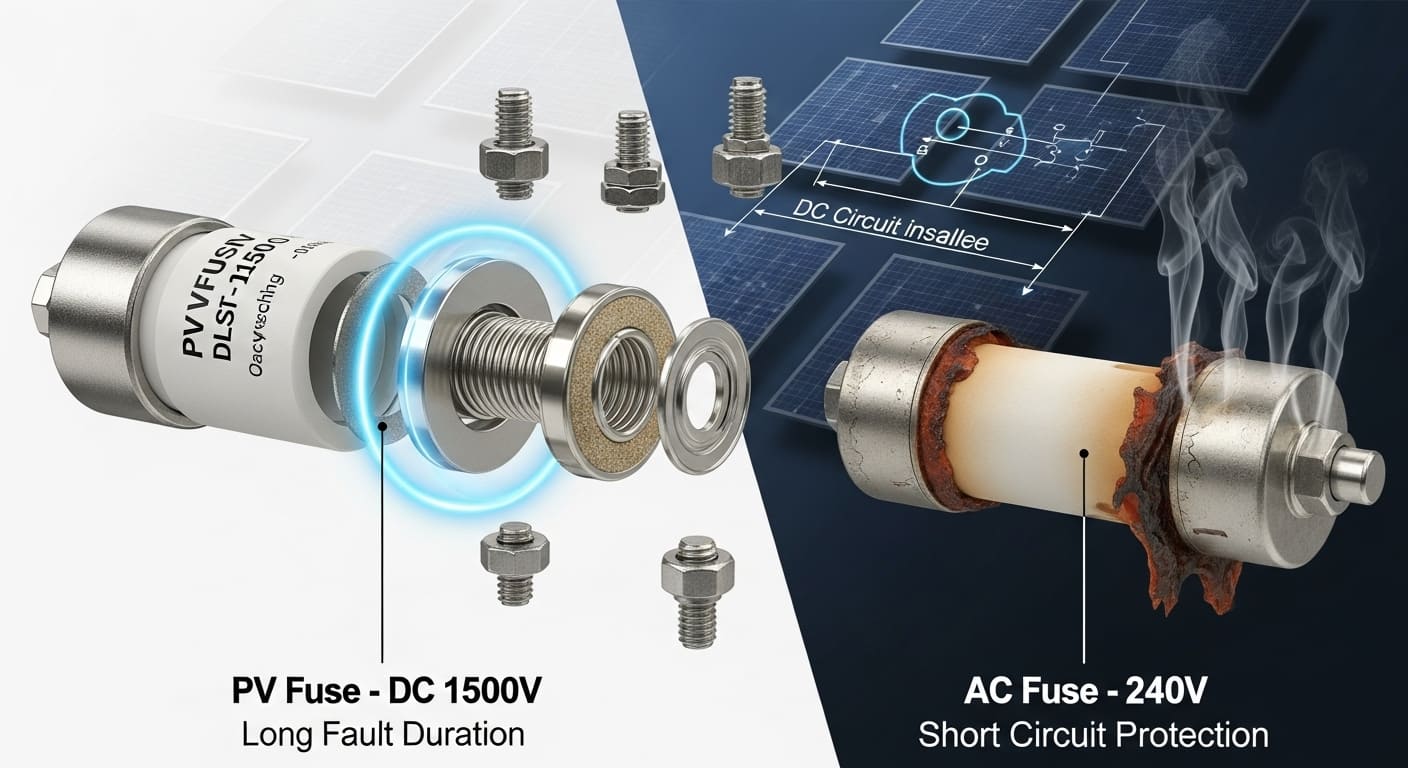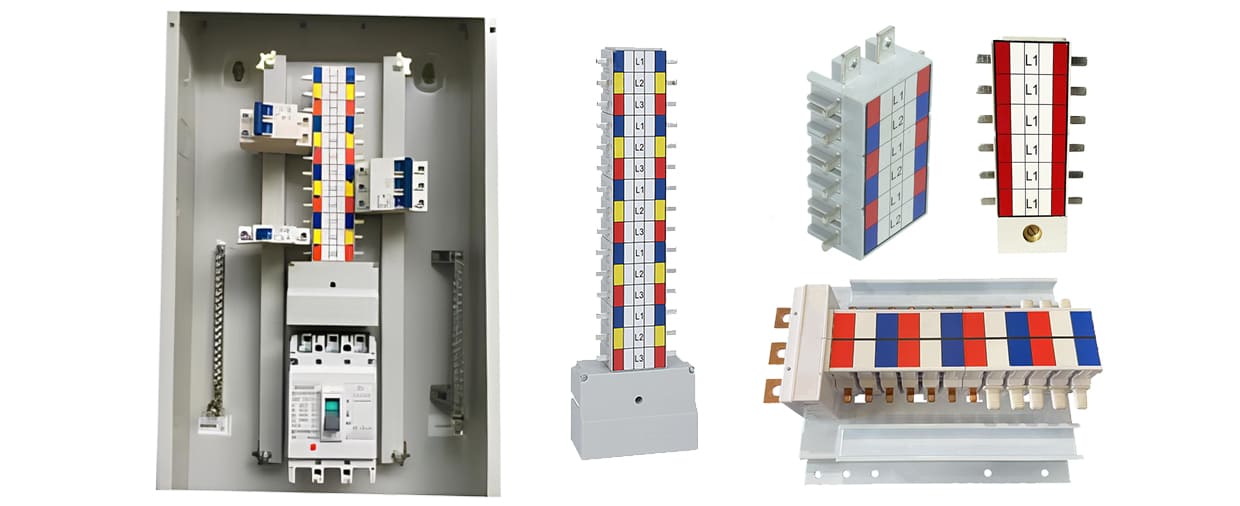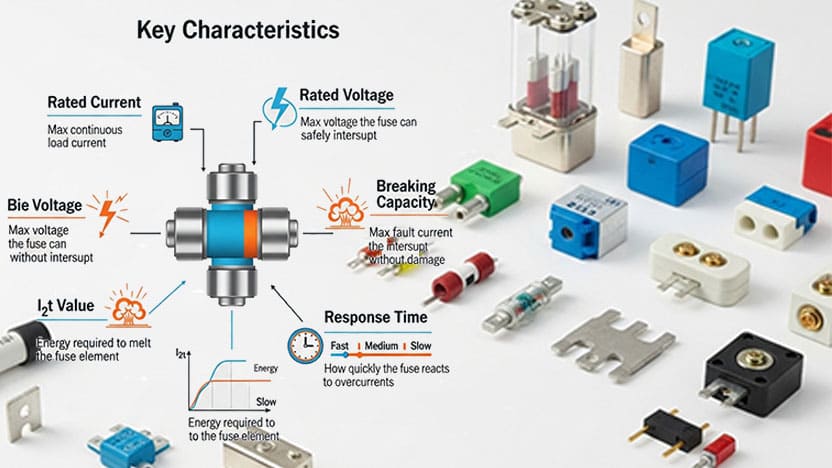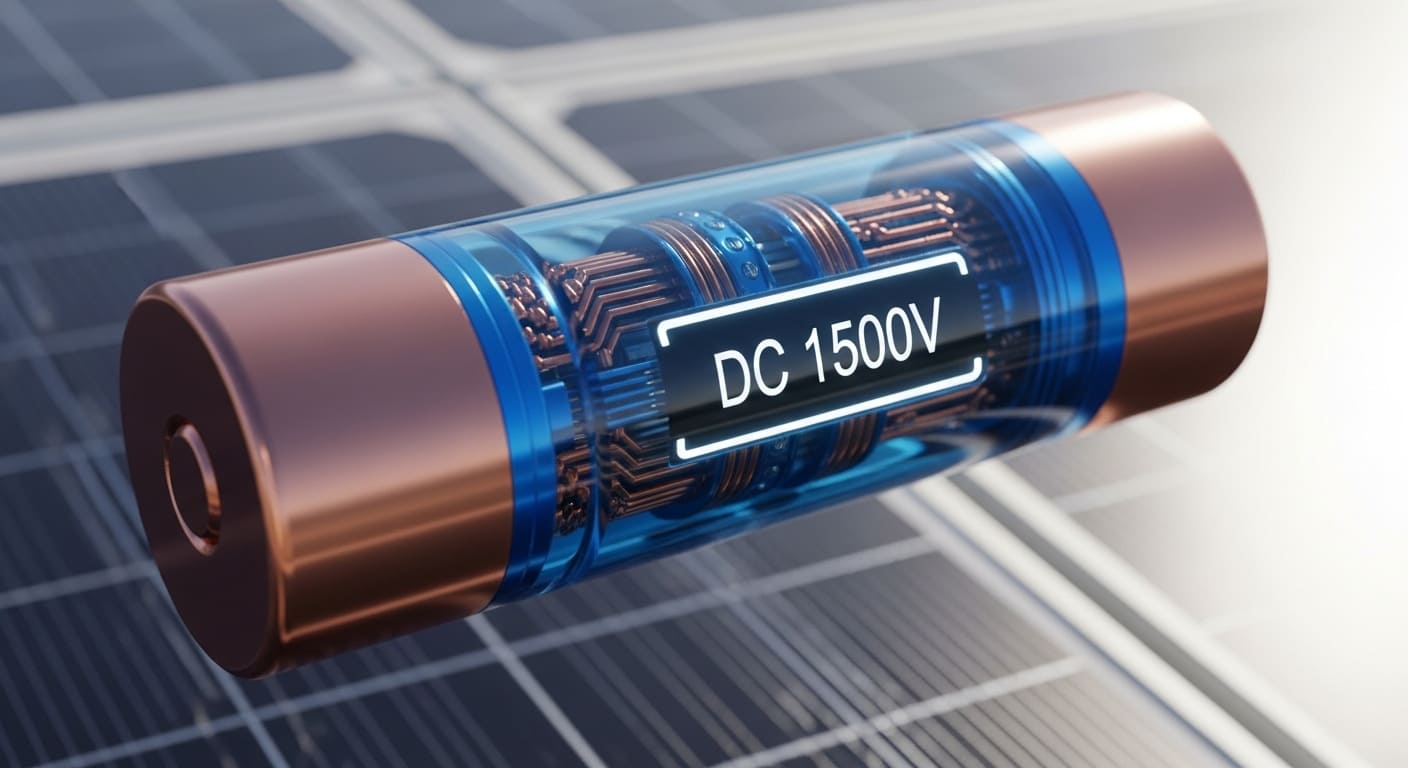Are your electrical panels crowded with messy cables? This complexity increases installation time and the risk of errors. Busbars offer a cleaner, more efficient solution for power distribution.
A busbar is essentially a sturdy metal strip, usually copper or aluminum. It acts as a central highway for electricity, efficiently distributing power to multiple circuits from a single source within electrical systems like switchgear or panel boards.
Understanding busbars is key, especially if you manage large electrical projects. They are fundamental components in modern power distribution, simplifying complex setups and enhancing reliability. As a manufacturer, we at Fuspan see firsthand how crucial high-quality busbar systems are for efficient and safe electrical installations. Let's explore what they do and why they are often the best choice.
What is the Busbar Used For?
Confused about where busbars fit into an electrical system? Not knowing their function means you might miss opportunities for better design. Understanding their use helps optimize power distribution paths.
Busbars are primarily used to consolidate and distribute electrical power efficiently. They act as a common connection point, channeling high current from a feeder to multiple outgoing circuits, simplifying wiring significantly.
!
Let's dive deeper into where you find these components working. Busbars are not just simple metal strips; they are engineered solutions for managing electrical energy flow in various critical applications. Their main job is to make power distribution straightforward and reliable, especially when dealing with substantial currents that would otherwise require bulky and numerous cables.
In Switchgear Assemblies
Inside low-voltage switchgear, busbars1 form the main power distribution2 backbone. They connect the main incoming supply to various protective devices like circuit breakers or fuse disconnectors. Think of them as the central arteries carrying power safely within the cabinet. This allows for a structured and compact arrangement, which is crucial for large industrial setups or commercial buildings. Our vertical fuse switch disconnectors often connect directly to these busbar systems.
Within Panel Boards and Distribution Boards
Similarly, in electrical panel boards that distribute power to different building sections or machines, busbars provide a neat way to connect multiple circuit breakers or fuses. Instead of running separate wires from the main lug to each breaker, breakers often clip or bolt directly onto a busbar system. This greatly reduces wiring clutter, installation time, and potential connection failures. We manufacture MCB and MCCB pan assemblies that rely on this principle.
Power Distribution Units (PDUs)
In data centers or industrial settings, PDU3s use busbars internally to distribute power reliably to multiple outlets or equipment racks. The high power density requires efficient thermal management and space-saving solutions, which busbars provide effectively compared to traditional wiring harnesses.
Here's a simple comparison:
| Feature | Busbar System | Cable Wiring |
|---|---|---|
| Complexity | Simple, structured layout | Complex, potentially messy |
| Space | Compact | Can be bulky |
| Connections | Fewer connection points | Many connection points |
| Current | High capacity | Limited by cable size/number |
| Installation | Often faster, modular | Can be time-consuming |
By centralizing power flow, busbars make systems easier to design, build, and maintain.
Why Do You Need a Bus Bar Instead of Wires?
Are you weighing options between busbars and traditional cables? Sticking with cables for high-current distribution can lead to bulky, complex, and potentially less reliable systems. Busbars offer clear advantages in many situations.
You need a busbar primarily for its ability to handle high currents efficiently, save space, improve system reliability, and simplify the installation and maintenance process compared to using multiple large cables.
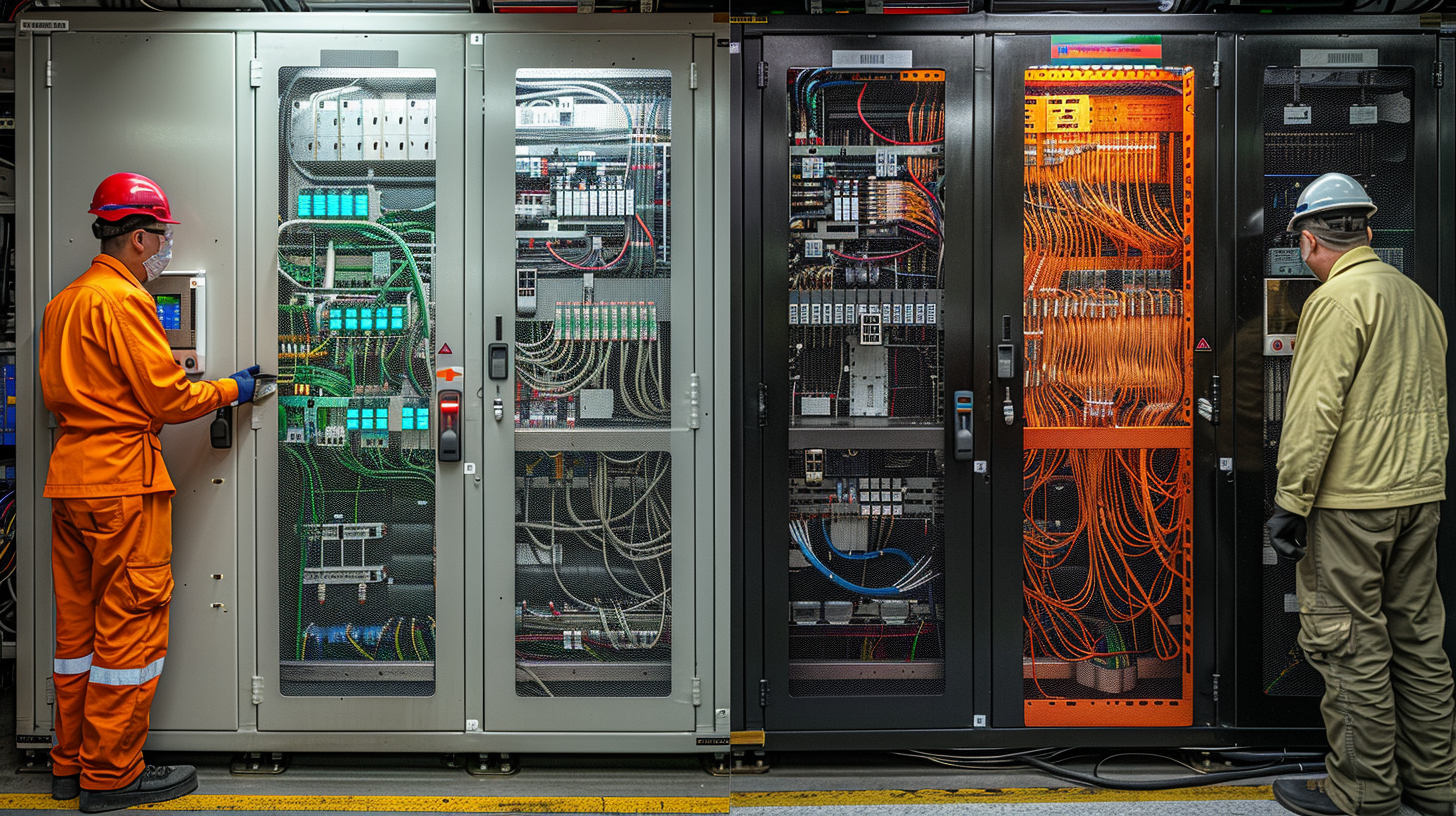
Choosing the right conductor method is critical for project success, impacting cost, space, and long-term performance. While cables are suitable for many applications, busbars excel in specific scenarios common in industrial and new energy projects, like the ones Mr. Abdu manages. Let's break down the reasons why busbars are often preferred.
Superior Current Handling
Busbars, typically made from high-conductivity copper4 or aluminum, have a large cross-sectional area. This design allows them to carry significant electrical currents with lower resistance compared to equivalent-capacity cables. Lower resistance means less energy loss as heat, improving overall system efficiency and reducing cooling requirements. We ensure our Fuspan busbars use high-quality copper for optimal performance.
Space Efficiency
Imagine routing several large-gauge cables to distribute power from one point to many. It consumes considerable space within panels or trunking. A busbar system achieves the same distribution in a much more compact footprint. Its rigid structure allows for neat, organized layouts, which is invaluable in crowded electrical enclosures.
Enhanced Reliability and Safety
A busbar system5 typically involves fewer connection points compared to wiring multiple cables in parallel. Each connection point is a potential source of failure due to loosening or corrosion. Reducing these points inherently increases the system's reliability. Furthermore, busbars can be easily insulated or housed in protective enclosures (like our distribution blocks), minimizing the risk of accidental contact and short circuits.
Simplified Installation and Modification
Installing a pre-fabricated busbar system or modular components can be significantly faster than measuring, cutting, stripping, and terminating numerous individual cables. Maintenance is also simpler, as connections are more accessible and identifiable. Adding or modifying circuits is often easier with a busbar system, offering flexibility for future expansion. Our commitment to ISO 90016 and 100% testing ensures consistency, which simplifies installation for large projects needing predictable components.
When Should You Use a Busbar?
Wondering if your specific application calls for a busbar? Choosing the wrong distribution method can lead to inefficiencies or installation challenges. Knowing the right scenarios helps ensure optimal system design.
Use a busbar when dealing with high current distribution, needing a compact power routing solution, requiring easy system modification, or connecting multiple devices from a single source, common in panel boards and switchgear.
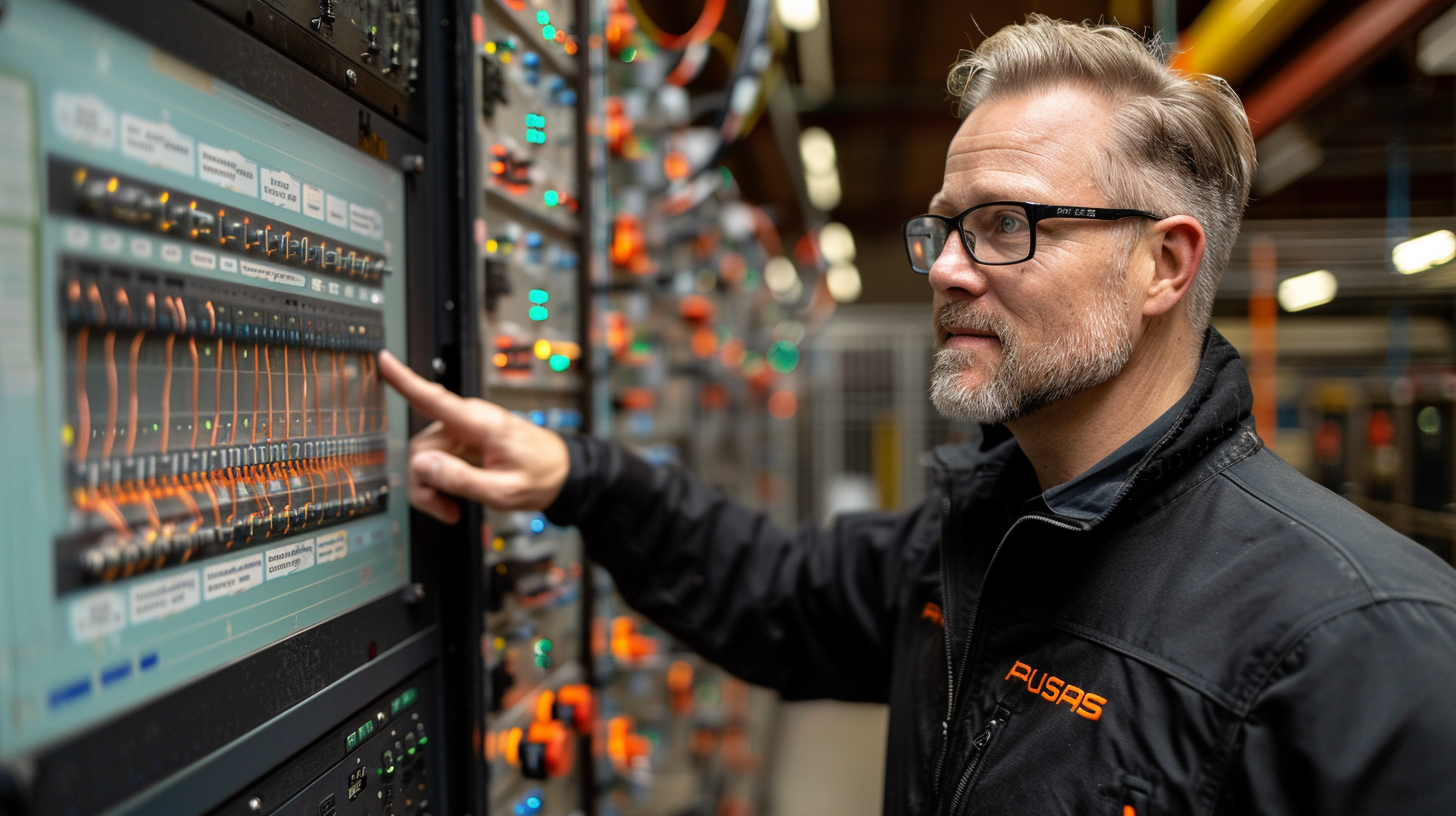
Deciding between busbars and cables depends heavily on the project's specific requirements. From my experience working with EPC contractors and procurement managers like Mr. Abdu, certain situations strongly favor the use of busbars. Let's look at these scenarios more closely.
High Current Distribution Needs
This is the most common reason. When currents exceed what standard wiring can comfortably handle without excessive heat or needing multiple parallel cables, busbars are the logical choice. Think large motor feeds, main power distribution in industrial plants, or connections between battery banks and inverters in new energy systems. Their thermal performance is superior.
Space Constraints are Critical
In modern electrical panels, control cabinets, or packaged substations, space is often at a premium. Busbars offer a significantly more compact way to distribute power compared to the equivalent capacity in cables. Their rigid structure allows for precise placement and routing in tight spaces.
Systems Requiring Modularity and Scalability
If you anticipate needing to add, remove, or reconfigure circuits easily in the future, a busbar system provides inherent modularity. Tapping off power at different points or adding new connections is often simpler than re-routing complex cable harnesses. This is beneficial in evolving industrial processes or renewable energy installations.
Need for High Reliability and Reduced Connections
For critical power systems where downtime is unacceptable, minimizing potential failure points is key. Busbars reduce the number of bolted or crimped connections compared to parallel cabling runs, enhancing overall system integrity. Applications include data centers, hospitals, and utility substations.
Here’s a quick checklist to help decide:
| Consideration | Favors Busbar? | Why? |
|---|---|---|
| Current > 100A? | Yes | Better thermal performance, less voltage drop |
| Space inside panel limited? | Yes | More compact than multiple cables |
| Multiple taps from one source? | Yes | Simplifies connections significantly |
| Need future modifications? | Yes | Easier to add/remove circuits |
| System reliability paramount? | Yes | Fewer connection points to fail |
| Installation speed important? | Often Yes | Can be faster than complex cable routing |
If you answer 'Yes' to several of these, a busbar system is likely the right approach for your project.
What Does a 12V Bus Bar Do?
Think busbars are only for high-voltage industrial gear? You might overlook their usefulness in common low-voltage systems. Understanding their role in 12V setups can simplify many smaller projects.
A 12V bus bar serves the same core function but at low voltage: it consolidates multiple 12V positive or negative (ground) connections into a single point, drastically simplifying wiring in vehicles, boats, or solar setups.
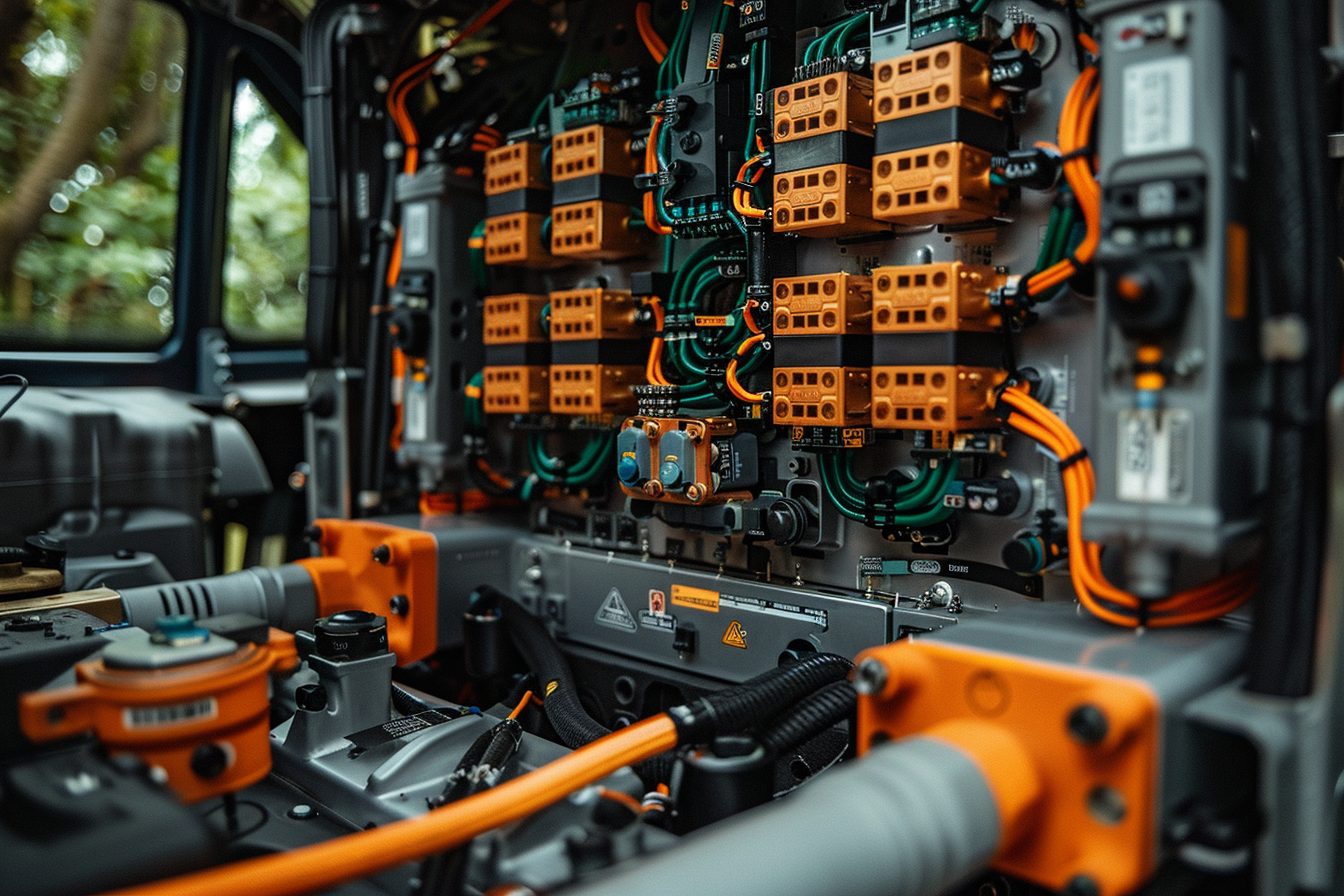
While we at Fuspan specialize in low-voltage AC and DC systems often found in industrial and new energy sectors (up to 1000V or 1500V), the principles of busbar utility extend down to extra-low voltage systems like 12V DC. These smaller busbars play a crucial role in organizing power distribution in applications many people encounter daily or in specialized hobbies and off-grid solutions.
Simplifying Vehicle and Marine Wiring
Anyone who has looked under the dashboard of a car or inside the electrical panel of a boat knows how messy wiring can become. A 12V busbar7 acts as a central junction box. For example, instead of running multiple ground wires back to the battery terminal, you can run one larger ground wire to a ground bus bar. Then, all individual circuits (lights, pumps, electronics) connect their ground wires to this nearby bar. The same applies to the positive side, distributing power from the battery or fuse box. This makes troubleshooting and adding accessories much easier.
Organizing Solar Power Systems
In smaller off-grid solar setups, you often have multiple components operating at 12V (or 24V/48V). A busbar can neatly combine the outputs from several solar charge controllers8 before feeding into a battery bank, or distribute power from the battery bank to various loads like lights, refrigerators, and inverters. It keeps the high-current DC connections organized and secure.
RVs and Off-Grid Applications
Similar to boats, Recreational Vehicles (RVs) have numerous 12V circuits for lighting, water pumps, fans, and appliances. Busbars help manage the power distribution9 from the house battery system efficiently and tidily. They are essential for anyone building or upgrading an off-grid power system.
Here’s how 12V busbars help in these scenarios:
| Application | Benefit | Example |
|---|---|---|
| Automotive | Cleaner wiring under dash/hood | Central ground point for accessories |
| Marine | Easier troubleshooting, corrosion resistance | Power distribution panel for navigation lights, pumps |
| Solar (Small) | Organized connections between components | Combining charge controller outputs |
| RV/Off-Grid | Tidy power distribution from battery | Connecting multiple 12V appliances |
Essentially, a 12V bus bar brings the benefits of simplified wiring, reduced clutter, and improved reliability from the industrial world down to accessible low-voltage DC applications.
Conclusion
In summary, busbars are essential components for efficiently distributing electrical power. They simplify wiring, save space, handle high currents effectively, and improve the overall reliability of electrical systems.
-
Understanding busbars is essential for efficient power distribution in electrical systems, especially in industrial settings. Explore this link to learn more. ↩
-
Exploring power distribution methods can enhance your knowledge of electrical systems and improve efficiency in installations. Check out this resource for insights. ↩
-
Learning about PDUs is crucial for optimizing power management in data centers and industrial applications. Discover more about their functionality here. ↩
-
Explore the advantages of high-conductivity copper to understand its role in enhancing electrical efficiency and performance. ↩
-
Learn how a busbar system can optimize electrical distribution, enhance safety, and reduce installation time in various applications. ↩
-
Discover the significance of ISO 9001 certification in ensuring quality and consistency in manufacturing processes. ↩
-
Understanding 12V busbars can enhance your wiring projects, making them more efficient and organized. Explore this resource for detailed insights. ↩
-
Discover the role of solar charge controllers in managing energy flow in solar systems, crucial for efficient off-grid setups. ↩
-
Learn about effective power distribution methods to optimize your RV or boat's electrical system. This resource provides valuable information. ↩

